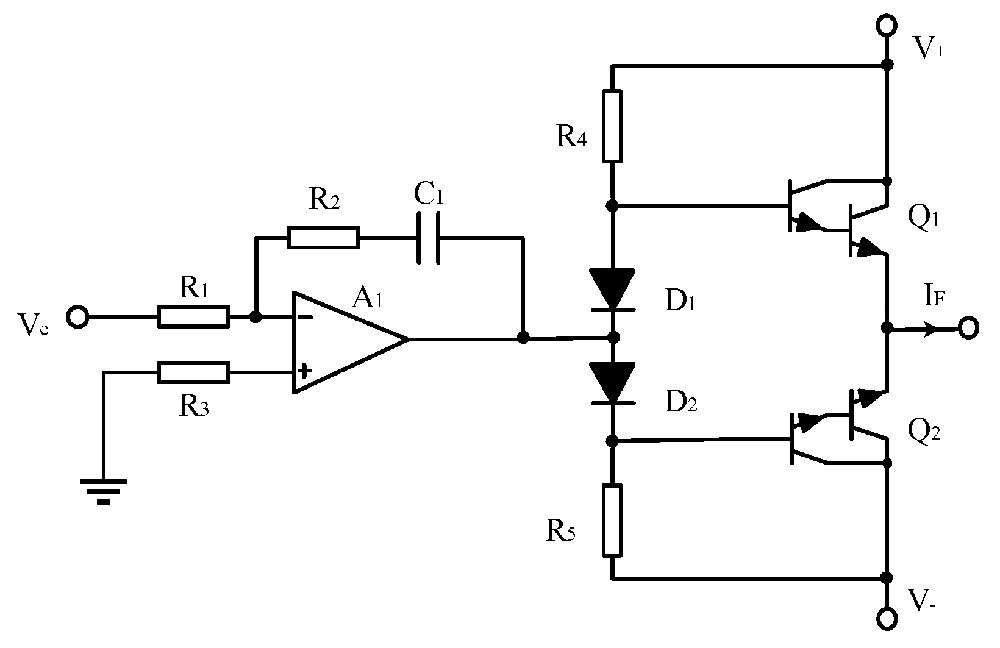To adjust a current sensor or current transducer efficiently, it is indispensable to be acquainted with the principles of the calibration, the tools involved, and the step-by-step procedures connected with it.
This blog compiles ideas from diverse sources in order to provide a comprehensive guide on the subject, making a contribution to the content that was missed and strengthening topical authority.

Current Sensors and Their Importance
Current sensors are very important in many areas such as electric vehicles, industrial automation, and renewable energy systems.
The flow of electric current is measured by such sensors supplying to the essential data needed for the monitoring and controlling of electrical systems.
Precise calibration of these sensors is the main element of the reliable system performance and data integrity that is needed for the system efficiency and safety.
Tools and Equipment Needed for Calibration
Before starting the calibration process, gather the following tools and equipment:
- Multimeter: For measuring voltage and current.
- Calibration Software: Depending on the sensor, specific software may be required to adjust settings.
- Power Supply: A stable power source to provide current during calibration.
- Load Resistors: To create known current levels for testing.
- Data Logger: Optional, but useful for recording measurements over time.
Step-by-Step Calibration Process
Preparation
- Read the Datasheet: Familiarize yourself with the specifications and calibration procedures outlined in the current sensor's datasheet. This document provides essential information regarding the sensor's characteristics and expected performance.
- Set Up the Environment: Ensure the calibration environment is stable, free from electromagnetic interference, and that the sensor is at room temperature.
Initial Setup
- Connect the Sensor: Wire the current sensor to the power supply and load resistors. Ensure all connections are secure to avoid erroneous readings.
- Power On the System: Turn on the power supply and allow the sensor to stabilize for a few minutes.
Measuring the Zero Offset
- Measure No Load Condition: With no current flowing, measure the output voltage of the sensor. This reading represents the zero offset. Record this value.
- Adjust Zero Offset: If necessary, adjust the sensor's zero offset setting in the calibration software to ensure the output reads zero when no current is present.
Calibration at Known Currents
- Create Known Current Levels: Use load resistors to create known current levels. For example, if your sensor is rated for a maximum of 10A, create test points at 0A, 2A, 5A, and 10A.
- Record Measurements: At each known current level, measure the output voltage from the sensor. Record these values along with the corresponding current levels.
Calculate Calibration Coefficients
- Linear Relationship: Most current sensors operate on a linear scale, represented by the equation y=mx+by=mx+b, where yy is the sensor output, mm is the slope (sensitivity), xx is the input current, and bb is the offset.
- Determine Slope and Offset: Using the recorded values, calculate the slope (mm) and intercept (bb). This can be done using linear regression or by solving the equations based on your measurements.
Adjust Calibration Settings
- Update Sensor Settings: Input the calculated slope and offset values into the calibration software. This adjustment ensures that the sensor output aligns with the actual current measurements.
- Verify Calibration: After making adjustments, repeat the measurements at the known current levels to verify that the sensor output matches the expected values.
Final Checks and Documentation
- Perform Final Tests: Conduct tests across the sensor's operating range to confirm accuracy.
- Document Calibration Results: Keep a record of the calibration process, including initial readings, adjustments made, and final results. This documentation is vital for future reference and compliance with industry standards.
Common Calibration Methods
Trial and Error Method
This method involves repeatedly testing and adjusting the sensor based on observed discrepancies between the sensor output and actual current measurements. While time-consuming, it can be effective for achieving accurate results without specialized equipment.
Software-Based Calibration
Many modern sensors come with calibration software that automates the calibration process. This software typically allows users to input known values and adjusts the sensor settings accordingly. This method is efficient and reduces the potential for human error.
Hardware Calibration
For systems that require high precision, hardware calibration may involve using a reference standard or a secondary, highly accurate current meter. This method ensures that the sensor's output is consistently aligned with a known standard, providing a higher level of accuracy.
Conclusion
Calibrating a current sensor or transducer is essential for ensuring accurate measurements and reliable system performance. By following the outlined steps and utilizing the appropriate tools, users can effectively calibrate their sensors to achieve optimal accuracy. Regular calibration and documentation of the process will help maintain the integrity of current measurements over time, contributing to the overall efficiency and safety of electrical systems.
You Might Also Like: Low-Cost Split and Solid Core Current Switches








